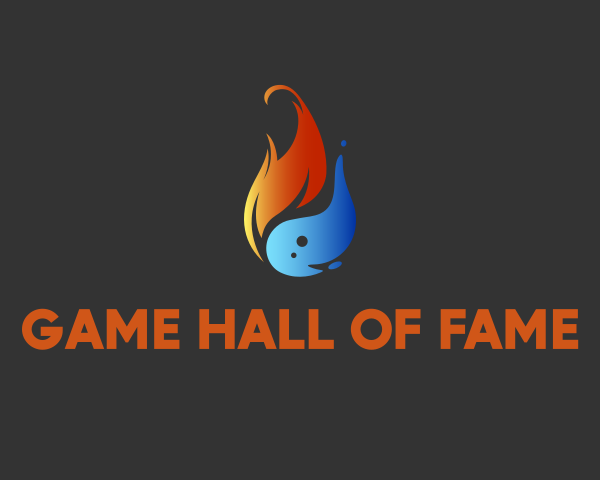
game hall of fame and museum
TTRPG
While the rest of this website is just for fun, this page looks at how to combine role playing games in a single game session.
overflow game 1981
Friends of mine organized a gaming convention at the University of South Alabama in 1981. I got to attend for free.
Shortly after the convention stated, the guy in charge (I wish I could remember his name) asked me if I could run an overflow gaming session. All of the scheduled gaming sessions were full and a bunch of people wanted to play.
I said yes. He asked me how many players I could take. I said I would take however many woud fit into the room.
About a half an hour later I was in one of the large lecture halls and there were over 100 players (I don’t remember the exact number)
I had been experimenting with a method for letting players use multiple gsame rules in the same game session together.
I told everyone that they could use their favorite character from any game system other than Tunnels & Trolls and that their character could be of any level, assuming their game system used levels.
I had three sets of monsters. The toughest was an ancient red dragon. I forget what the other two were, but they were groups of monsters appropriate for middle level characters and low level characters.
I let all the players decide which group they wanted to combat. The red dragon was in charge and the other two groups were on each side.
I pointed to a player and that player would announce their action and their dice roll. I would announce the result.
I would point to the next player. If a player wasn’t ready, they lost their turn. When I reached the last player, I looped back to the beginning.
The vast majority of the players enjoyed themselves.
the system
For most systems, the key factors are adjustments to rolls for whether an attack works, whether a defense works, how much damage there is, and how much of that damage might be stopped.
Things like armor class and THAC0 get smoothed out by moving everything into one those four dice rolls.
I had charts for converting dice rolls between games. I converted the die rolls into a percentile (0 to 100) scale. Any single die linear result had its own multiplier (1d4 is multiplied by 25, 1d20 is multiplied by five). My charts showed how 2d6 and 3d6 bell curve results are charted onto percentile.
For the most part I converted +/-1 from most game systems into +/-5 percent. It didn’t matter whether the system was d20, 3d6, 2d6, or even 1d6.
Convert to percentile and add or subtract all the modifications to attack rolls, defense rolls, damage rolls, or adjustments to damage rolls.
I found I could ignore the units for time and distance and just treat them all as being on the same unnamed time and distance scale. A few games had much larger time and/or distance numbers. I noted which games they were and adjusted by dividing a particular game by either two or three to move it into alignment with the other games.